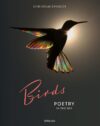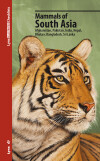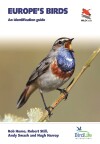New Field Guide – A Guide to the Birds of Trinidad and Tobago: Third Edition
April 7, 2013 | Comments (0)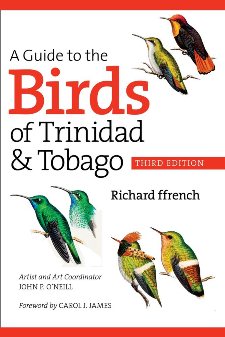 A Guide to the Birds of Trinidad and Tobago: Third Edition
A Guide to the Birds of Trinidad and Tobago: Third Edition
by Richard ffrench and John P. O’Neill
From Cornell University Press:
Members of nearly all the families of South American birds can be found on the two beautiful West Indian islands of Trinidad and Tobago, where the pleasant climate, varied habitat, and avian diversity create a “birder’s paradise.” This easy-to-use book is the third edition of a comprehensive yet compact field guide to all 477 species of the islands’ birds, including 35 new species accounts added to the country’s bird list since the last edition. Richard ffrench’s work has been a “bible” to birders since the appearance of the first edition in 1973. This new edition incorporates five decades of his notes and records of the island’s birds to present in a handy and readable form detailed and comprehensive information about the birds of Trinidad and Tobago.
Showcasing 40 all-new color plates by the very best bird artists working under the direction of John P. O’Neill, the third edition now includes illustrations of not only the islands’ endemic and resident species, but also the many migratory species that visit the islands from both the north and the south. The taxonomic arrangement and treatment of families and species has also been brought in line with the most recent determinations of the A.O.U. Committee on Nomenclature for a thoroughly up-to-date presentation. In his introduction, Richard ffrench offers a full treatment of the history of ornithology in Trinidad and Tobago and sets the scene by describing the islands’ physiography, climate, and vegetation. Individual species accounts, arranged by family, make up the core of this identification guide. The accounts cover habitat and status, range and subspecies, field description and basic measurements, voice, food, nesting, and behavior. Richard ffrench’s summary of the distribution of species and their breeding and migration, as well as local conservation and protection measures, makes this volume much more than a typical field-guide treatment, and invites visitors to this premier ecotourism destination.
This third edition is clearly an improvement over the previous one when it comes to the artwork and number of species illustrated. But the format, unfortunately, hasn’t changed – it’s still the dated format of isolated plates in the middle, segregated from the species accounts. While that impairs its effectiveness as a field guide, it should still prove useful. Sorry to say I don’t have the other field guide to these islands – Field Guide to the Birds of Trinidad and Tobago – so I can’t compare them.
A Guide to the Birds of Trinidad and Tobago: Third Edition
by Richard ffrench and John P. O’Neill
Paperback; 435 pages
Comstock Publishing Associates; December 4, 2012
ISBN: 978-0801473647
$39.95

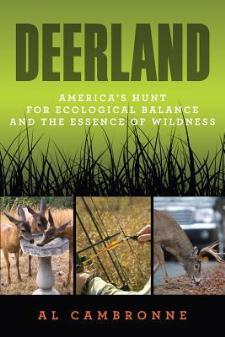 Deerland: America’s Hunt for Ecological Balance and the Essence of Wildness
Deerland: America’s Hunt for Ecological Balance and the Essence of Wildness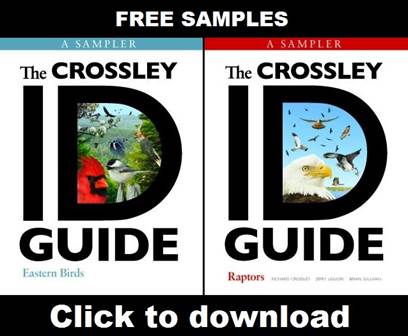
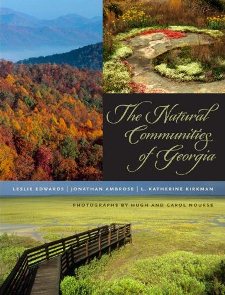 The Natural Communities of Georgia
The Natural Communities of Georgia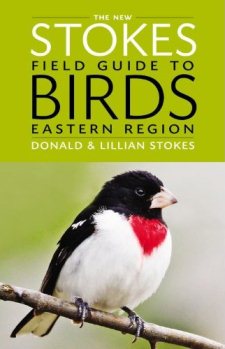
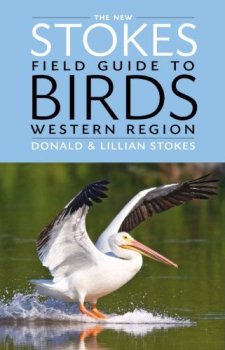
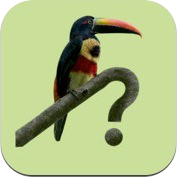 Costa Rica Birds Field Guide
Costa Rica Birds Field Guide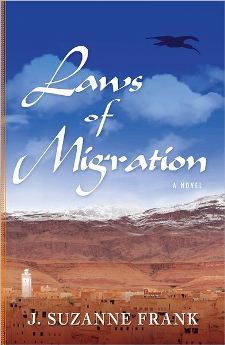 Laws of Migration
Laws of Migration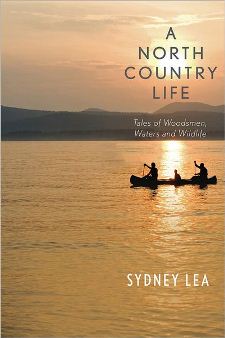 A North Country Life: Tales of Woodsmen, Waters, and Wildlife
A North Country Life: Tales of Woodsmen, Waters, and Wildlife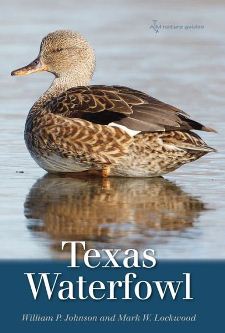 Texas Waterfowl
Texas Waterfowl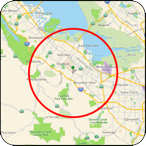 Count Circle
Count Circle



